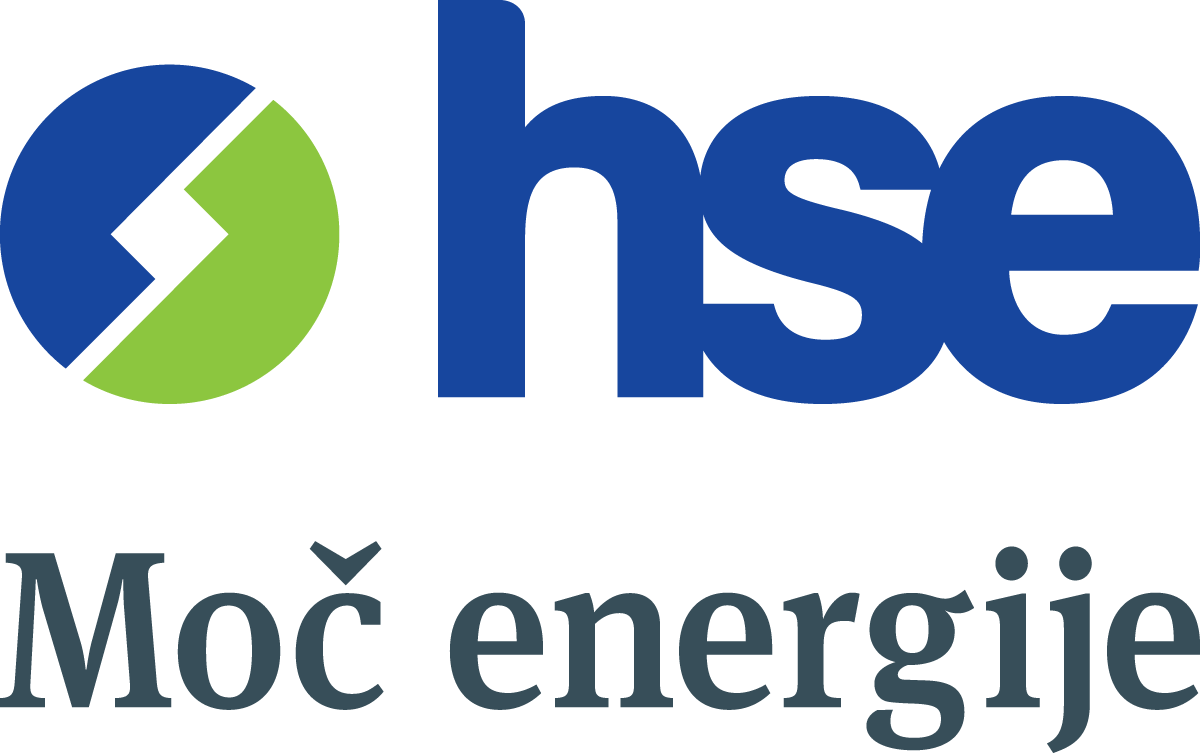The company Dravske elektrarne Maribor, the largest producer of electricity from renewable sources in the country, would tomorrow, if times were “normal”, celebrate 60 years of operation of the Ožbalt hydroelectric power plant – the youngest hydroelectric power plant in the upper reaches of the Drava River towards Maribor.
A solid plan for the construction of the Ožbalt hydroelectric power plant was created during the planning and design of the Vuhred hydroelectric power plant. For both, the designers predicted the same head with a distribution of 34.84 metres of height difference. The Vuhred and Ožbalt power plants are also identical in design, only the switchyard and the administrative building are situated at the Ožbalt power plant, in contrast to other pillar power plants, on the left bank of the Drava River. The investment programme for the power plant was drawn up in 1956, and construction began a year later when American credit was obtained.
The builders who built the power plant would say that the construction of the facility was one of the most difficult undertaken on the Drava River due to the lack of space for organising the construction site, the complexity of relocating the railway line and the regional road. Due to the construction of the hydroelectric power plant, it was necessary to change and raise the course of the railway line for a length of two kilometres, and to relocate 13 kilometres of the Maribor – Dravograd road on the left bank. Three viaducts and several smaller bridges were built in the process.
Despite the challenges, construction work began in October 1957. The short deadline for the start of operation of the first unit (30 months) required that work be carried out on various facilities at the same time. Concreting of the main building began in July 1959 and ended in March 1960. After the construction work in the first construction pit, the builders immediately started assembling electrical equipment and hardware, which enabled the first unit of the Ožbalt hydroelectric power plant to start operating on September 17, 1960 (it was planned for 1 July 1960, but this was prevented by an unexpected intrusion of water through the barrier of the just-closed second construction pit) and was already producing 48 GWh of electricity in that year. The second unit started operating in November 1961, and the third in April 1962. The power plant was thus built within the planned deadline and within the planned budget.
Until the mid-1970s, the operation of the hydroelectric power plant was not interrupted by any major failures. The first serious emergency occurred during a national holiday, 30 November 1976, when heavy sleet on the 110 kV Ožbalt – Vuhred transmission line caused a short circuit and caused a kickback and machine breakdown on the third unit. The extent of the failure is best illustrated by the fact that it took four years for the unit to be completely restored and operational again. In later years, the first and second units were upgraded.
Between 2000 and 2005, the power plant was completely renovated, and it was with the completion of its renovation that the 50 billion tolar project for the renovation of all six power plants in the upper reaches of the Drava River was completed. Given the elapsed time, a new cycle of renovations of hydroelectric power plants on the Drava River above Maribor begins in this period, so that despite their age they will continue to provide safe, reliable and affordable electricity from renewable sources.
Today, the Ožbalt hydroelectric power plant produces approximately 300 GWh of electricity per year, which is a good tenth of the total production of the company Dravske elektrarne Maribor. In the entire period of operation, it produced approximately 18,000 GWh, which is comparable to the consumption of all Slovenian households over a period of more than five years.
Each additional power plant has strengthened awareness of the importance of sufficient, safe and reliable electricity production, both among employees and the general public, which we come across every day. In particular, these facts gained ground during this year’s crisis, which showed how important the state’s self-sufficiency is in all areas, including or especially in the energy sector. In accordance with this, and above all on the basis of our own development orientation and commitments made by the state regarding the increase of electricity production from renewable sources, we do not rest on our laurels, but conduct research and study on several development projects.
We have recently started a complete renovation of the Markovci dam, which will last about six years (only one flow field can be renovated per year) and will be the basis for a complete renovation of our youngest hydroelectric power plant Formin, which is the only one that has not yet been renovated. According to the received decisions of the Government of the Republic of Slovenia on the preparation of national spatial planning, qualified experts are preparing all necessary studies for three wind farms – WPP Ojstrica, WPP Rogatec and WPP Paški Kozjak. We are preparing for the project of building about 30 MW of solar power plant on the inlet and outlet channels of the Zlatoličje and Formin hydroelectric power plants – if everything goes according to plan, the first solar panels could be erected next year. In accordance with the installation of power plants whose sources are not stable, we also plan to install so-called electricity storage facilities. Together with external partners and contractors, we are planning a project for the use of geothermal energy for the production of electricity – it is a stable energy potential that can be used at the research sites throughout the year and has predictable production.
Andrej Tumpej, Director of Dravske elektrarne Maribor, said: “We like to celebrate the anniversaries of the operation of our production facilities, when we remember the designers, builders, contractors, and collaborators who participated in the beginning and show them respect and gratitude for the work from which we are reaping the fruits to the greatest extent right now. Time and time again, we realise how indispensable electricity is for economic development and the well-being of each of us. Neither as a company nor as a society in the broadest sense, must we allow ourselves to fail to take advantage of all the resources available, in an environmentally and socially acceptable way, of course, which will also enable our descendants to have energy self-sufficiency and an acceptable way of life. We have the above in mind when researching and developing new projects to produce electricity from renewable sources, the installation of which will continue to keep us on the map of development-oriented and socially responsible countries.”








